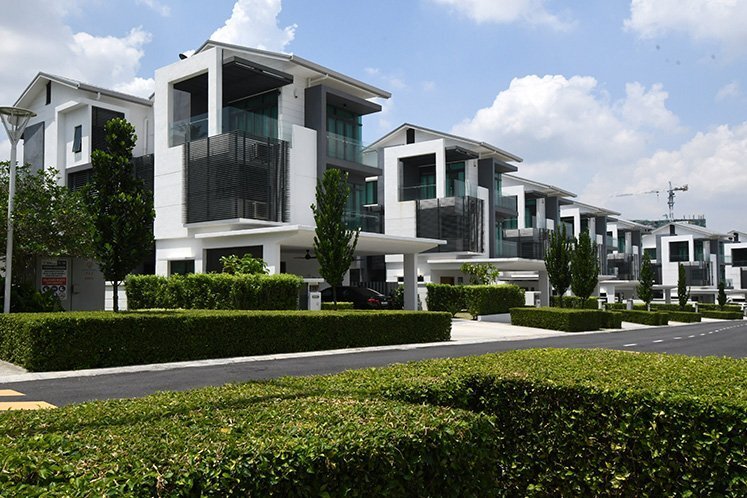
KUALA LUMPUR (April 29): The Malaysian property market saw marginal improvement in 2019 with the volume and value of transactions up by 4.8% and 0.8% respectively, said the Valuation and Property Services Department Malaysia (JPPH).
The department released nine reports today, including the Property Market Report 2019 (PMR 2019), which showed that sectoral market activity performance improved marginally.
The sectors that saw increase in activity were residential (6%), commercial (7.2%), industrial (3.8%) and agricultural (2%), while the land development sub-sector saw a 1.2% decline.
Sponsored Content
UOBAM Invest: A Simple, Smart and Safe Way to Manage Investments for Businesses
The pervasiveness of internet accessibility has enabled digital technology to permeate every aspect of the business environment. Capitalising on this aspect, UOB Asset Management (Malaysia) Berhad recently launched UOBAM Invest, the first digital-advisory platform designed specifically for corporate investors in Malaysia.
READ MORE
There were a total of 209,295 residential transactions worth RM72.42 billion in 2019, up 6% in volume and 5.3% in value, year-on-year.
JPPH said the demand was focused on the RM300,000 and below range, which accounted for 61.7% of transactions, followed by the RM300,000-RM500,000 range (21.3%) and RM500,000-RM1 million range (13.3%). Properties worth more than RM1 million, meanwhile, accounted for only 3.7% of the total transactions.
Meanwhile, the volume and value of overhang units fell 5.1% and 5.2% respectively to 30,644 units worth RM18.82 billion. The number of unsold under construction units and not constructed units also fell by 10.2% and 15.6% respectively.
By State, Johor recorded the highest number and value of unsold units, with a total of 5,627 units worth RM4.7 billion, accounting for 18.4% and 25% of the national total.
Perak came second with 5,024 units worth RM1.52 billion, followed by Selangor (4,687 units worth RM3.75 billion) and Penang (3,353 units worth RM2.59 billion), said JPPH.
By price range, units priced RM300,000 to RM500,000 totalled 7,883 or 25.7% of the total residential overhang, while those priced more than RM500,000 totalled 12,528 or 40.9%.
In terms of price, the Malaysian House Price Index (MHPI) continued to increase at a moderating rate, standing at 197.5 points at end-2019, up 1.9% from the previous year.
On the other hand, the overhang in the serviced apartment sub sector continued to increase and accounted for the bulk of the property overhang, with a total of 17,142 overhang units with a value of RM15.04 billion, up 51% in volume and 65% in value.
Johor saw the highest serviced apartment overhang, making up 71.2% of the total volume and 76.9% of the total value, with a majority of the units located in the Johor Bahru district.
JPPH said the retail sub sector saw stable performance during the year, with an overall occupancy rate of 79.2%, marginally lower than the 79.3% recorded in 2018.
Kuala Lumpur recorded an average occupancy rate of 83%, while Selangor saw 82% occupancy. Johor and Penang recorded average rates of 75.3% and 73.8% respectively.
The purpose-built office sub-sector saw overall occupancy rate decline to 80.6% in 2019 from 82.4% in 2018.
Private office buildings recorded an average occupancy rate of 74.8%. Kuala Lumpur and Penang saw higher occupancy rates of 76.9% and 76.5% respectively, while Selangor and Johor saw occupancy rates below the national average at 70% and 65.7% respectively.
Putrajaya saw the lowest occupancy rate at 37.6%.
Going forward, JPPH said there may be high near-term downside risks due to the outbreak of COVID-19, which may dampen economic growth, particularly for the first half of 2020.
However, it expects the property market to remain resilient, with the Government’s focus to remain on affordable housing and addressing the property overhang, via the National Housing Policy 2.0 (2018-2025).

